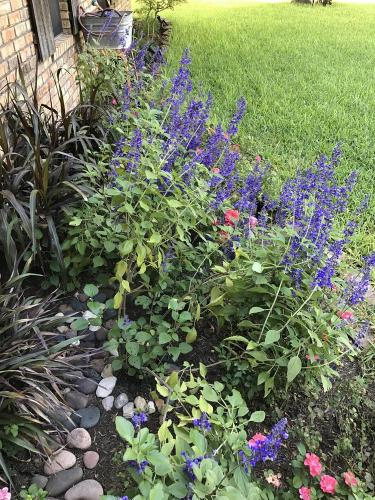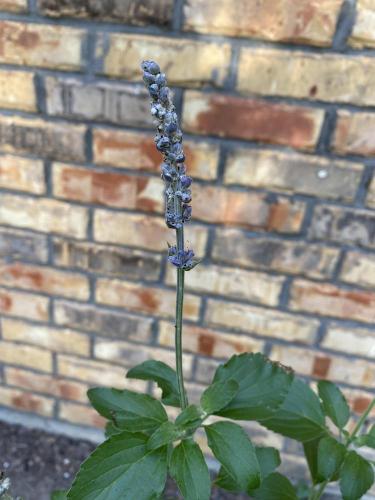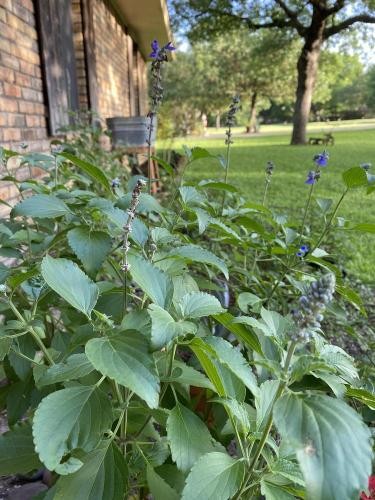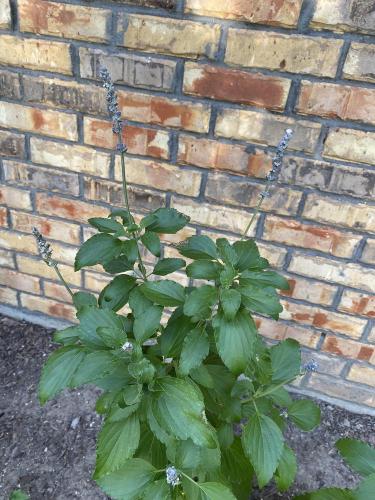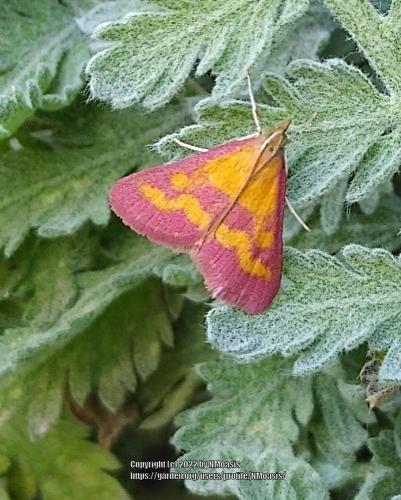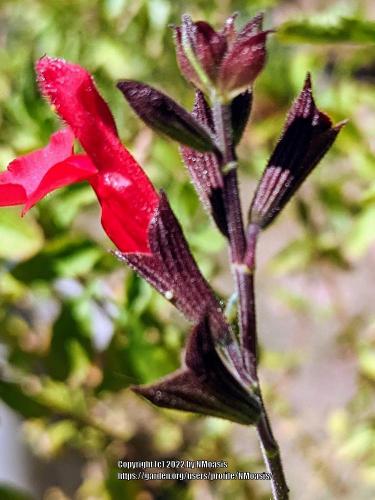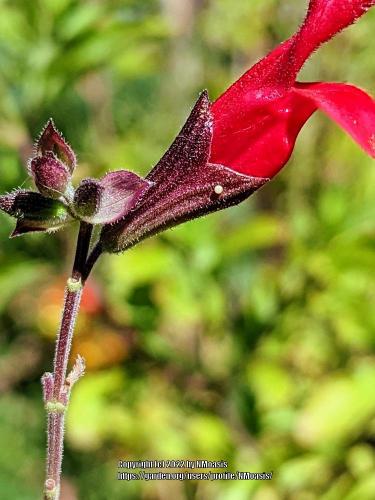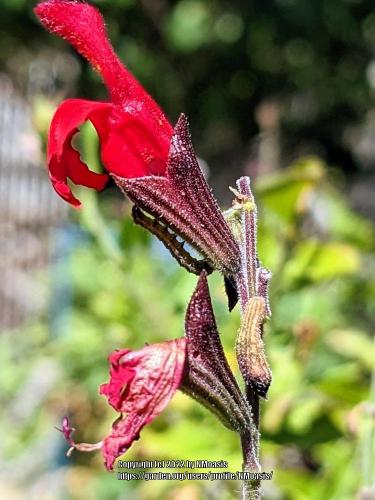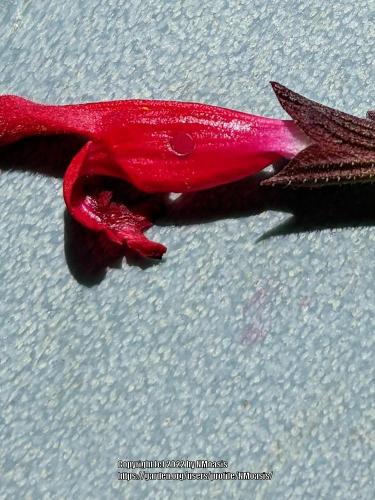I'd like to post an update of my experience simply so others may be able to stumble across it in the future. In my pest journey, I found many people with the same problem, but I never came across a certain solution. While I don't have one either, I think documenting my experience could be helpful.
When I first posted the bloom problem here, I was fortunate to get a reply from NMoasis that I had a caterpillar problem. While I did see the signs mentioned, I didn't see any caterpillars. As I would learn later, they can be hard to see, as they're pretty camouflaged. My inspection did turn up leaf hoppers. I hoped eliminating them would solve my problems. I took the painful advice and cut off all the blooms. I then began smushing leaf hoppers. I do not recall how long that lasted, but I would inspect my four plants daily and smush 3 to 5. I was excited to see new blooms forming at some point and couldn't wait for the purple. To my disappointment, I began seeing what I'd later understand was frass all over the plants. I pulled up my post from before and felt the same thing was happening again. I finally noticed a caterpillar and began looking over all the plants closely in the morning and evening. In the beginning, I removed 20+ little worms. The more blooms they'd eaten, the more they blended in with the plant because of their translucent skin. It became normal to pull off 5 to 10 of them every morning and evening. There seemed to be no way I'd get on top of the problem. I'd pull off all that I could see, but there were always more the next day. The buds kept growing, but few blooms would emerge. I made the decision to leave the buds this time since it was so late in the summer. I figured my best chance at experiencing blooms was to chase the problem. I wasn't sure there would be time for more buds to come.
I was searching caterpillars online by describing what I was picking off, but I was having trouble. One night, while walking past the plant, I saw a pink moth that I'd never seen before. I was able to identify it online as a southern pink moth, and the caterpillars lined up with that. I finally new what was causing the problem. I quickly realized the moth was causing problems all over the country. I was discouraged to read that many people that had the problem gave up after failing to find a solution. I kept picking the caterpillars daily and tried the recommended homemade pepper spray. I think I boiled cayenne pepper in water and sprayed that several days. I read online that many tried BT without solid results. I decided to try that anyway. We'd gotten a couple of unusual late summer rains. Those rains seemed to have washed eggs onto the leaves. I'm still unsure if what I saw on the leaves were washed eggs or newly laid eggs. I stared spraying the newly emerging buds and all the existing blooms, no matter their condition, with BT daily. The number of caterpillars I was picking off daily had shrunk to 3 t 5 prior to spraying the BT, and soon, I wasn't seeing any worms. More late rain had the buds growing quickly and blooming. I was delighted to get full blooms when I felt all was lost. I'm not sure what did the trick or if it was just lucky rain and picking them off daily. I continued to spray the BT every few days and kill any pink moths I would see. I'd usually see one of them fly out of the plant about every other time I would spray. I actually killed four of them this morning as I was typing this, and I noticed the first caterpillar in about a month. It might be the start of another round of horrible. I hadn't sprayed BT in over a week. It's not been a fun battle, but I'm happy I fought the problem to at least get a month of blooms. I hope there isn't another full infestation coming and that I get another month or two to enjoy the blooms.
I also hope this provides useful to someone. If you're reading this and have the problem, I feel your pain. Maybe the picture I've posted will provide some inspiration to fight. I don't like spraying, but it has been wonderful finally seeing the bees and hummers in the flowers. Hopefully I didn't just get lucky with the rain. I'm dreading what may be a continued battle and wondering if I should just start spraying BT on the plants every few days as they emerge next year. Best of luck to everyone.
